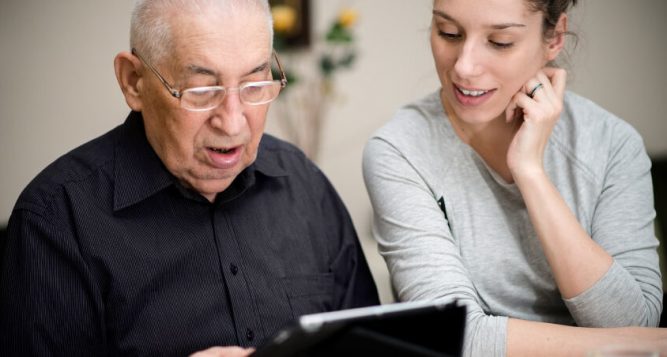Family members often show a “can’t be bothered explaining” attitude to older people looking to connect with digital devices, according to a recent RMIT survey of 750 mostly 70-plus Australians.
The survey found while 44% were most likely to ask their children for tech advice first, many said their children didn’t have the patience or willingness to help.
Follow-up interviews revealed frustrations with explaining new apps and changing technologies to someone who has only recently jumped on the ‘tech’ bandwagon, with some survey participants saying they didn’t want their parents to have more technology – because it meant more work for them!
“My daughter wouldn’t allow me to have a computer,” one respondent said. “She said I didn’t need it!”
On the opposite end, some older people didn’t want to ask for help because they wanted to seem independent or to avoid conflict with family members.
Grandchildren were generally keener to offer advice, but only 7% of older people went to them for help – they were also more likely to fix a problem rather than show their grandparent how to use the device.
So, what can we do to help our older generation bridge the digital divide?
Take some time to help friends and relatives in using their device – not just when you have a spare five minutes.
Second, send them links to instructional videos on YouTube – the study found a lot of older people were happy to search for content and watch videos at their own pace as often as they needed.
There are also free tech support classes run through local libraries and seniors’ groups that make it easy to learn the skills in a social setting – so help is at hand.



